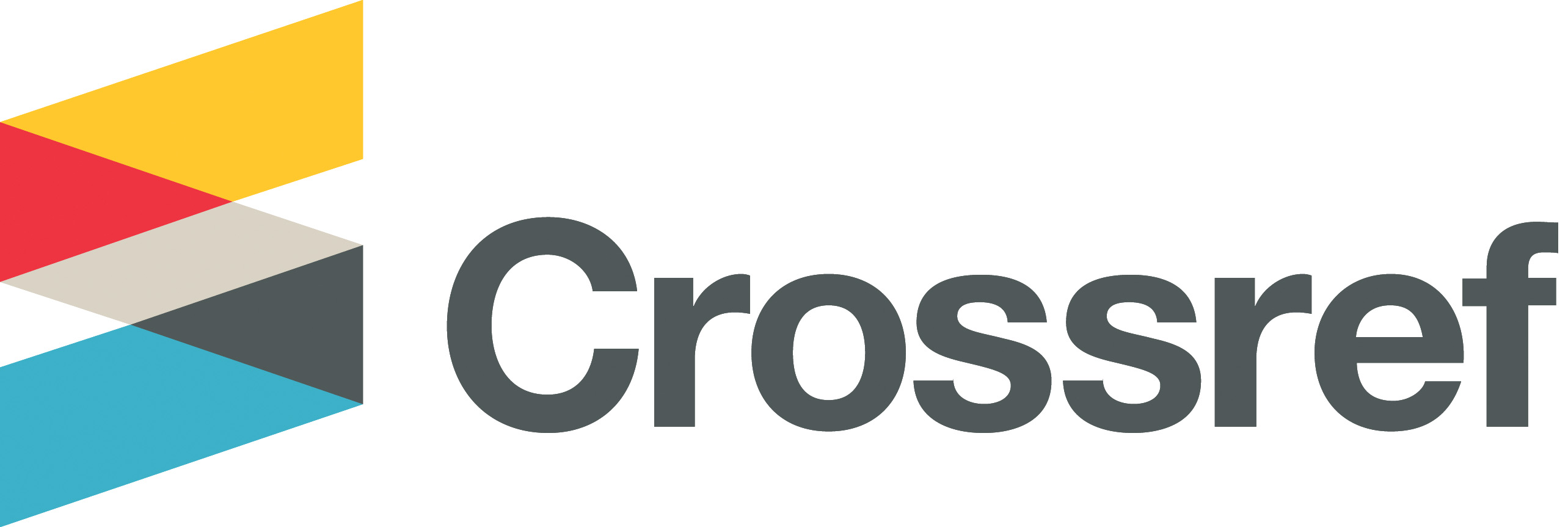Social Media Platforms and Their Role in Addressing Deviant Behaviors from the Perspective of University Youth
DOI:
https://doi.org/10.33282/abaa.v17i69.1279Keywords:
Role, Platforms, Social media, Deviant behaviors, University youthAbstract
Objectives: This study aims to explore social media platforms and their role in addressing deviant behaviors from the perspective of university youth.
Methodology: Classified as descriptive research, the study relied on the survey method. The research population consisted of students of the College of Political Science at the University of Baghdad for the academic year 2024–2025. The sample comprised 10% of the population; 100 students, selected using simple random sampling.
Results: The findings showed that the majority of respondents use social media extensively (96%), with a strong preference for video content, especially on Instagram. Influencers and well-known personalities were the most followed. Respondents indicated that awareness-raising content competes with both negative and positive content and is regularly followed by students. The study found that the most common deviant behavior youth seek to limit is cyberbullying in all its forms. Digital awareness campaigns, especially video-based ones, were identified as the most used in raising awareness. Real-life relatable content had the strongest influence on respondents. Moreover, 83% acknowledged the importance of digital awareness campaigns.
Conclusion: Deviant behaviors can be addressed by focusing on making content purposeful, as awareness content has a significant impact on youth. The research highlights the interaction of youth with social media content that contributes to correcting certain behaviors. It indicates that if used purposefully, social media can be an effective guiding and awareness tool for reinforcing moral values and reducing behavioral risks such as addiction, aggression, and extremism.
Downloads
References
Ben Mazouz, H., & Aarqoub, N. (2023). Theory of uses and gratifications in New Media :Simulating or Keeping Up? (Theoretical Study). Rakmana - Journal of media and communication studies, 3(3), 72-85. https://asjp.cerist.dz/en/article/235628
Bhatiasevi, V. (2024). The uses and gratifications of social media and their impact on social relationships and psychological well-being [Original Research]. Frontiers in Psychiatry, Volume 15 - 2024. https://doi.org/10.3389/fpsyt.2024.1260565
Boukhdna, A. (2014). The Consumer’s Environmental Behavior as an Approach to Achieving Sustainable Development: A Field Study of Consumer Behavior in Guelma Province [Published PhD Dissertation, University 8 Mai 1945 Guelma]. https://dspace.univ-guelma.dz/jspui/handle/123456789/132
Cheng, Y. (2023). The Impact of social media on Deviance and Crime. Journal of Education, Humanities and Social Sciences, 22, 877-873. https://doi.org/10.54097/ehss.v22i.14555
Djeboub, W. (2017). The use of social networking sites and their relation to the behavior of the university student. Journal of Humanities & Social Sciences, 1(5), 85 - 74. https://doi.org/10.26389/AJSRP.D221017
Elrod, L. (2024). Deviance (sociology) | Research Starters | EBSCO Research. EBSCO. https://www.ebsco.com/research-starters/sociology/deviance-sociology
Hammadi, M. O. (2025). Iraqi youth's use of social networking sites and its relationship to their behavioral patterns. Scientific Journal of Research on Women, Media, and Society Studies, 2(4), 223-257. https://doi.org/10.21608/jwms.2025.380736.1033
Jaafour, S. (2023). The Impact of Social Media on Deviant Sexual Behavior Among University Youth: A Field Study on Students at University Kasdi Merbah Ouargla [Master's Thesis, University Kasdi Merbah Ouargla]. https://dspace.univ-ouargla.dz/jspui/handle/123456789/33997
Kaplan, A. M. (2015). Social Media. In The Wiley Blackwell Encyclopedia of Consumption and Consumer Studies (pp. 1-5). https://doi.org/10.1002/9781118989463.wbeccs214
Mahar, A. S. (2024). The Impact of Social Media on Juvenile Delinquency: A Mixed-Methods Approach to Understanding the Role of Online Social Networks in Shaping Youth Behavior. Remittances Review, 9(3), 1488-1507. https://remittancesreview.com/menu-script/index.php/remittances/article/view/2551?utm_source=chatgpt.com
Medfouni, J. E. (2019). Uses and gratifications theory; from mass communication to Digital communication. The Journal of El-Ryssala for Media Studies, 3(3), 64-91. https://asjp.cerist.dz/en/article/101460
Moon, J.-W., An, Y., & Norman, W. (2022). Exploring the application of the uses and gratifications theory as a conceptual model for identifying the motivations for smartphone use by e-tourists. Tourism Critiques, 3(2), 102-119. https://doi.org/10.1108/trc-03-2022-0005
Rais, I. A. (2016). Uses and Gratifications Theory and Its Applications to New Media (A Theoretical Approach). Dirassat & Abhath, 8(25), 501-513. https://asjp.cerist.dz/en/article/1117
Ungvarsky, J. (2024). Gratification | Research Starters | EBSCO Research. EBSCO. https://www.ebsco.com/research-starters/social-sciences-and-humanities/gratification
Van Lange, P., Kruglanski, A., & Higgins, E. (2012). Handbook of Theories of Social Psychology: Volume 1. SAGE Publications Ltd. https://doi.org/10.4135/9781446249215
Vinney, C. (2024, March 06). Uses and Gratifications Theory in Media Psychology: How and why we make our choices for media consumption. Verywell mind. https://www.verywellmind.com/what-is-uses-and-gratifications-theory-in-media-psychology-5217572
Youssef, H., & Abdel Nabi, M. A. S. (2019). Recent Trends in Uses and Gratifications Theory. Egyption Journal for Specialized Studies, 7(23), 39-72. https://doi.org/10.21608/ejos.2020.91134
Downloads
Key Dates
Received
Revised
Accepted
Published
Issue
Section
License
Copyright (c) 2025 Author

This work is licensed under a Creative Commons Attribution 4.0 International License.
Authors retain copyright and grant the journal right of first publication with the work simultaneously licensed under a Creative Commons Attribution License (CC BY 4.0) that allows sharing the work with recognition of authorship and initial publication in ABBA journal.

















